I have a problem with my power audio amplifier.
I am unfortunately forced (because of the specifications I have been given) to make it work at a dual voltage of +-90V.
Finding the components to do it was not difficult, I built it, I balanced the currents of the whole amplifier and now it is perfectly stable at that voltage.
The problem, however, I have in the final stage:
My drivers are, as you can see, KSC3503 and KSA1381, and the power transistors are 2SC5200 and 2SA1943.
The problem: the amplifier is current and thermally stable. But the power transistor power dissipation is too high. For only 10W of output in 8 Ohm I have to dissipate 24W of heat. I tried to increase the resistance of degeneration (0.1 ohm even up to 47 ohms), but the problem is not solved: what the transistors should dissipate, the resistors dissipate. Did I forget something somewhere? I should be able to deliver about 200W with this amplifier, but I can't dissipate 480W of heat. (P.S. variate R89 does not solve)

